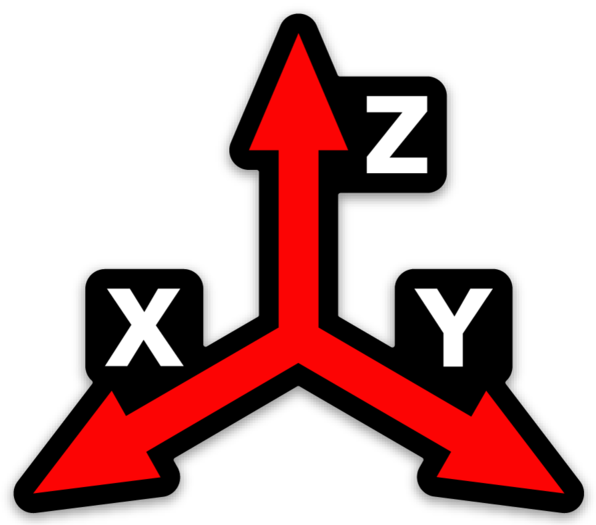Episode 2 “Is speed training for you?” Tension & Compression
Tension ~ Compression ~ Torsion
Almost anywhere you look now, you'll find tip videos that offer easy ways to "speed train" for golf.
There's no question speed is a valuable tool in any sport, but it's important to remember a very large caveat that comes with any generalized piece of advice. If your body isn't built like the person demonstrating the tip, you're probably setting yourself up for frustration--or injury.
The systems within our body work in a swirling sea of tension and compression. If you extend your arm, you're using muscles and the ligaments attaching the muscles to move your lower arm as far as it can go until the joint is fully open—which is determined by the bone structures in your elbow. The same is true with your hands and wrists. You have two bones in your forearm—the radius and ulna. The edge of your radius bone, which comes into your hand right near your thumb, creates a hinge that can only open and close a certain amount. If you look at classic photographs of a player like Ben Hogan, he hinges his wrists a certain amount—allowed by the amount of tension and compression he can create with his body structure—and shows this off in the pictures. But if you're a person who doesn't have the same range of motion as Hogan—or any other model in a tip you see—what happens? If you've hit your limit of compression but try to copy some of the dramatic positions you see in players and coaches who demonstrate lag, or laying down the club, or any of a number of other ideas designed to help a player swing faster, you're not going to be able to do it successfully. There's no real value in moving in a way that doesn't suit your body, but trying to do that incompatible move faster. It doesn't work, and you'll probably get hurt.
What does this mean for you? Stop looking at moves and swing positions and characterizing them as "better" or "worse," and stop idealizing a certain kind of swing or position as the one you should be using. A good coach will help you figure out what range of motion you have in compression and tension, and help you find the swing motion that optimizes what your body can do. One of the coolest features in the latest iteration of the Jacobs3D swing analysis software is that it identifies these tension and compression points for any player. Looking at the data, I can literally pinpoint a location on a player where there's a conflict and it will almost always be a spot where the player says he or she feels pain or gets sore when playing. The right instruction gives you the freedom to use your body the way YOUR BODY was designed, not try to shoehorn you into somebody else's body.
